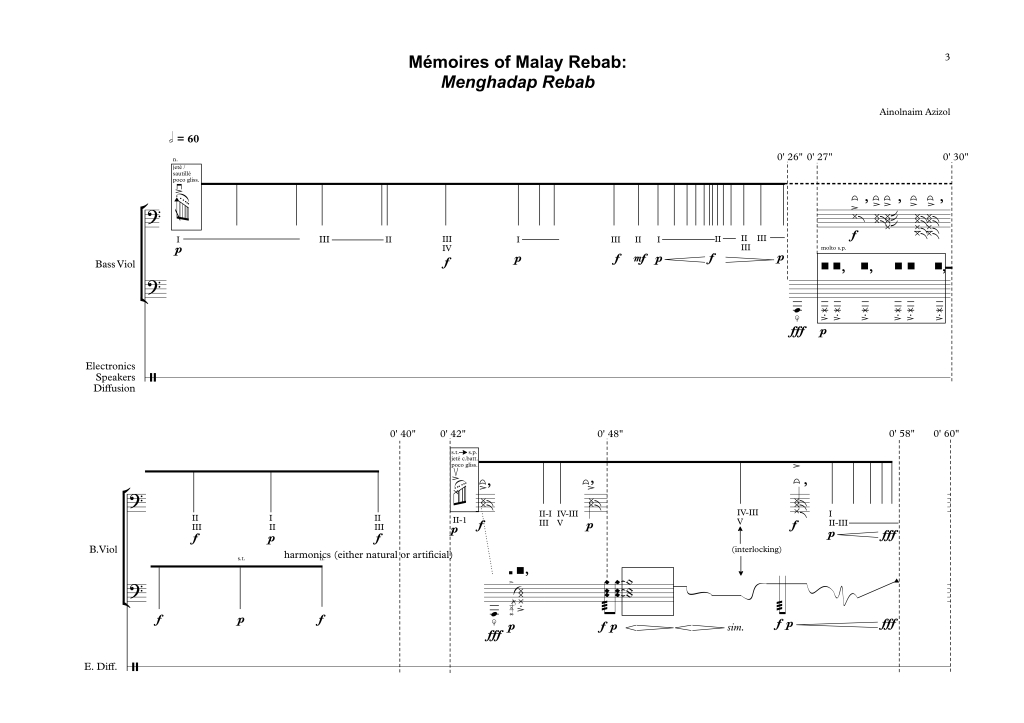This webpage disseminates the Modern Malay Rebab project research and development.
Started in 2018, this long-term self-funded applied research project is conducted to:
- Develop a sustainable and commercial music instrument making technology for the Modern Malay Rebab.
- Create a series of notated music scores for traditional and new Malay Rebab Repertoires.
- Formulate a learning method for Malay Rebab instrument playing techniques.
- Embed the Malay Rebab music playing and learning into local education curriculum.
The Malay Rebab
Malay Rebab is a three strings traditional music instrument with a shape and playing manner similar to a violin but played in an upright position. The instrument is played to accompany the vocal music ensemble or solo vocalist in Malay traditional heritage dance-theatre Makyung and Main Puteri or the narration in Malay traditional heritage story-telling Tarik Selampit.
The Malay Rebab is believed to be derived from a music instrument in the Middle East, Rabab and similar musical instrument can also be found across Asia. This traditional instrument is usually made by a luthier from the North or East Coast Peninsular Malaysia and traditionally crafted by hand with traditional woodworking machine and tools.
The Malay Rebab has a distinctive feature in its design which are heart-shaped body, short-rounded tuning pegs and highly ornamented traditional Malay wood carving motifs. The instrument body, neck and head are made out of tropical hardwood usually Jackfruit wood and the face or skin membrane that resonates the vibrations of the bowed strings is made out of thin calf stomach skin (rumen leather).
The Malay Rebab playing is traditionally taught orally and today, the instrument playing is taught at local higher learning institutions such as Universiti Teknologi MARA (UiTM) Faculty of Music and Akademi Seni Warisan Kebangsaan (ASWARA).
The Modern Malay Rebab


*IP Registered and Patent Pending (BITCOM – UiTM)
Video of a fully working 3-D printed modern Malay Rebab performed and tested by Mr. Kamrulbahri Hussin.
Copyrights 2019.
Music for the 3-D Printed Malay Rebab: NADA BUMI-Menghadap
Nada Bumi is an ongoing Ph.D. artistic research project theme by Ainolnaim Azizol at the Faculty of Arts, Music Department, University of Bristol, UK. The aim of the project is to amplify the Malay cultural identity by using local biophony and geophony materials through sound arts practice. Nada Bumi consists of new electroacoustic music compositions for inter-media, fixed-media and various musical instruments stage performances including the 3-D printed modern Malay Rebab, sound installations, soundscapes and more.
Example of a new electroacoustic music composition: Menghadap (Rebab) for Viola Da Gamba (Bass Viol) or 3-D printed Malay Rebab and Live Electronics.
The piece was inspired from the Malay Rebab music, Gua Tempurung reverberation signature and False serotine bat echolocation sounds. False serotine is an endangered bat species listed by the IUCN which is endemic to Malaysia. The usage of local biophony and geophony materials in this sound art work indirectly provides intangible conservation of nature.
Music score excerpt of Menghadap (Rebab) for Viola da Gamba (Bass Viol) or 3-D printed Malay Rebab and Live Electronics.


